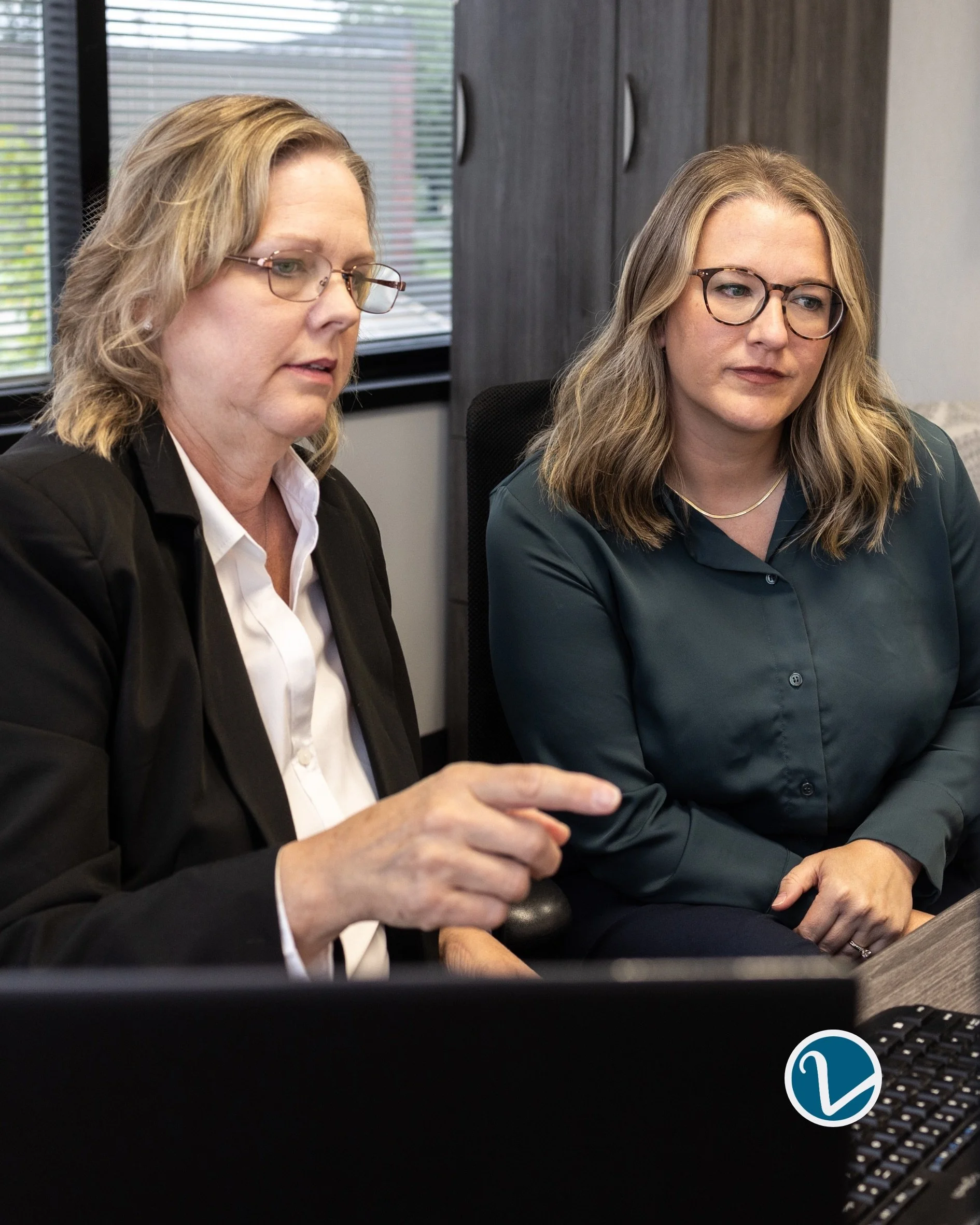How to Spot (and Avoid) Financial Scams Targeting Small Businesses
At L&L Bookkeeping, we monitor dozens of financial email inboxes for our clients—and that means we often see scams before business owners even know they’re a threat. We also stay in close contact with bankers, CPAs, and other professionals who share what they’re seeing.
Below are some of the most common fraud attempts we’ve seen lately—plus tips to help keep your business protected.
New Scam Alert: Phone Call Forwarding
We want to alert you to a new scam targeting businesses that involves phone call forwarding. Scammers are contacting business owners and instructing them to dial a code beginning with *72. This seemingly harmless code actually forwards your incoming calls and texts to the fraudster—allowing them to intercept banking logins, impersonate your company, or steal sensitive client data.
If you receive any suspicious instructions involving dialing a code, don’t do it. Contact your phone provider and your IT team immediately.
1. Check Washing: Yes, It’s Still Happening
We’ve seen a rise in check washing, where outgoing or incoming mail is stolen from mailboxes and checks are altered. Criminals erase the recipient and amount, then rewrite the check to themselves.
How to protect your business:
Use secure mailing practices and avoid putting checks in unattended mailboxes
Enroll in Positive Pay or Reverse Positive Pay with your bank to approve or reject checks before they clear
2. ACH Payments: More Secure—If Set Up Correctly
ACH services are one of the most secure ways to pay vendors—but only if done right.
At L&L, we:
Confirm ACH details verbally with vendors (never trust emailed banking info without confirming through a known contact number)
Use secure upload portals for sensitive information
Can work with dual-approval setups if you want an extra layer of security
3. Payroll Direct Deposit Scams
Payroll providers have been targeted with fake login portals that trick employees into handing over credentials.
Once scammers gain access, they change the employee’s bank account information—so future paychecks are rerouted.
What we do to prevent this:
Require signed change forms for direct deposit updates
Personally verify changes with employees using known contact info
Enter changes ourselves when needed
4. Sophisticated Email Scams
The most dangerous scams often come through email—and they’re getting more convincing every day.
We’ve seen:
Long back-and-forth emails hijacked by scammers who insert fake payment requests
Fake invoices doctored to look like real vendors—with altered ACH details
Emails spoofing legitimate senders (even ourselves) to request fraudulent payments
Best practices:
Hover over all email addresses and links to verify the source
Flag any unfamiliar or suspicious vendor invoices
When in doubt, call the contact directly—not the number in the email
Why Having a Bookkeeping Team Helps
When you have a team like L&L monitoring your emails, reviewing your bank feeds, and questioning anything that seems off, you have a better shot at catching fraud early—before real damage is done.
As Lori says:
“We’ve even caught scams between two clients we support—where the email looked so real, it was sent from one trusted contact to another. Our internal systems and cautious review process are what caught it before money was lost.”
The faster we can flag suspicious activity, the more likely your bank or provider can help recover any lost funds.
Want Peace of Mind When It Comes to Fraud?
Scams are getting smarter—but so are we. Our team has the tools, experience, and systems in place to protect your business from preventable losses.
Let’s talk through what protections your current process has—and what might be missing. Book a free exploratory call today. Book a free exploratory call today.


